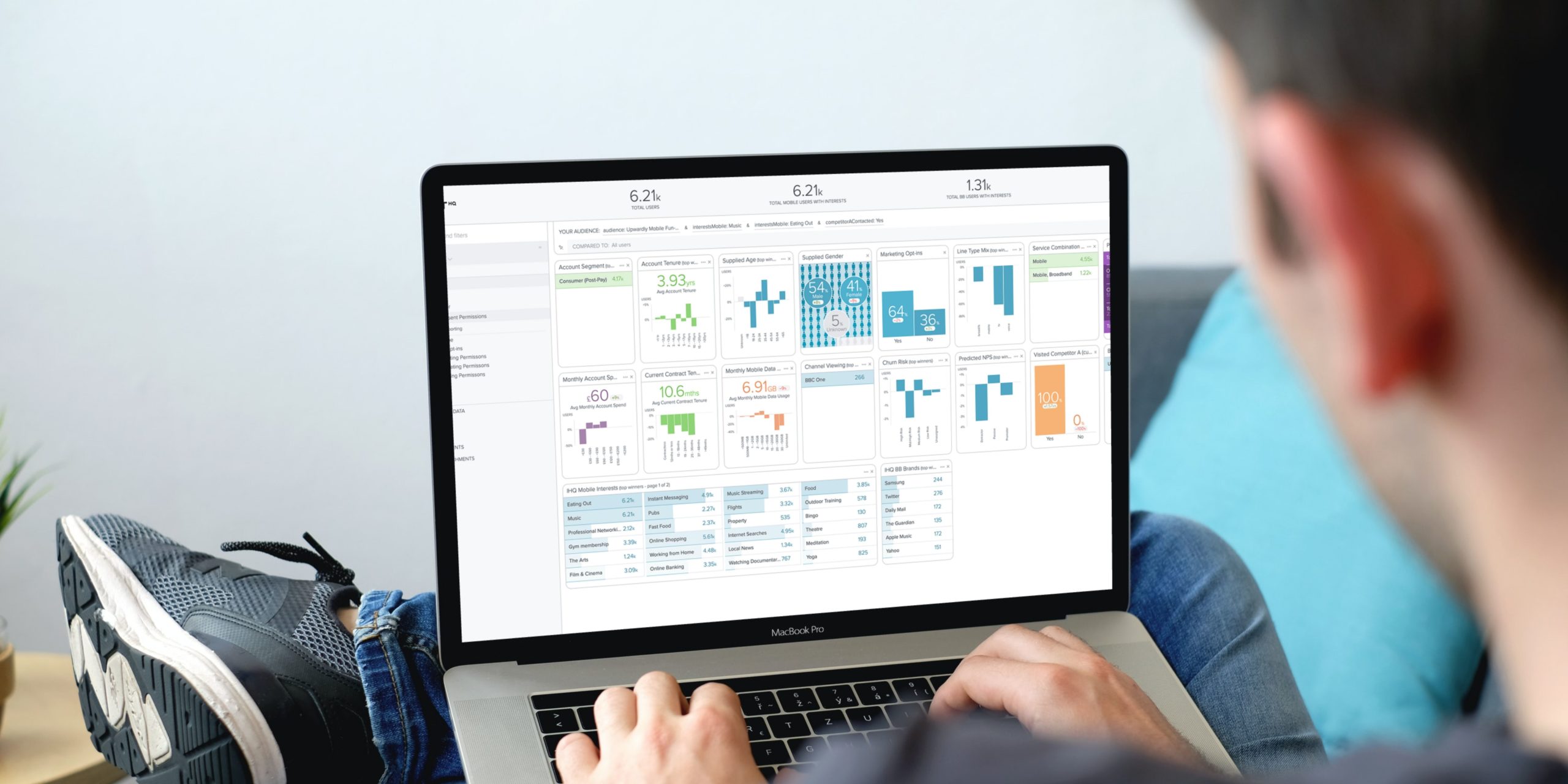So you’ve got a good marketing proposition backed up by a strong sales team to bring new customers into the business. Great, but for communication service providers (CSPs), this is only the start. It’s what you do with them once they’re on board that can spell success or failure for a relationship over the customer’s lifetime.
Maintaining loyalty and reducing churn is a big part of this, but if you really want to extract the most value from your customers , your sales and marketing efforts shouldn’t stop once they’ve signed the contract. Upselling and cross-selling efforts also offer a great way to increase the margins of your existing customer base for a relatively small investment.
The limitations of an acquisition-focused strategy
Upselling matters because new customers are rarely your most profitable source of revenue – especially in a hugely competitive environment where companies have to focus on price in order to differentiate themselves from competitors.
Today’s CSPs may well be hugely complex, multinational businesses dealing with millions of customers, but in some ways, they remain very similar in how they operate today as to when they were starting out. And one common trait within the sector is a heavily sales-oriented approach where the focus is constantly on bringing in new customers and driving higher volumes.
The result is often a customer acquisition strategy that’s based upon thinner and thinner margins. It’s well-known that it costs a lot to secure a new customer, with figures suggesting CSPs have to spend an average of $315 for each user they bring into the business. Depending on the services they sign up for, it can take a significant amount of time to claw this back over the customer’s tenure, so it’s vital businesses can tap into other avenues to increase revenue.
Opportunities for increasing this value through upselling – or for multiplay brands, cross-selling – are greater than ever. However, it’s an area that many CSPs continue to struggle with.
The advantages of understanding your customers
Getting this right is a significant challenge. But it starts with building a deep understanding of who your customers truly are, which may not always be the same as marketeers may assume.
Fortunately, CSPs have a hugely valuable resource they can tap into to help with this – their first-party user data. This provides some of the most in-depth and wide-ranging information on customer personalities and behavior in any industry. However, actually putting this to use can be difficult, and a lack of confidence in how to best leverage this data can hamper many upselling strategies.
With the right tools to explore this behavioral data and drill down into what customers actually want – rather than what individual marketeers think they want – CSPs can tailor their upsell messaging to each individual customer.
For example, do they display more cautious or adventurous personality traits? Are they a social media addict? Does being at the forefront of fashion matter to them? This type of profiling can go a long way towards informing businesses exactly how they should best approach their customers – yet for many CSPs, it’s an opportunity that’s currently being wasted as they don’t have full visibility of this data.
Securing long-term loyalty
For double, triple and quad-play businesses, the opportunities can be even greater. Being able to cross-sell users into taking up different categories of products, such as combining mobile phone and broadband packages into a single deal or adding TV services, ensures that CSPs can play a bigger role in their customers’ everyday lives.
Completing cross-sells doesn’t just mean an immediate boost to a customer’s revenue and value. It also increases the ‘stickiness’ of a customer, so when the end of the contract comes, people may well be more inclined to remain with a single operator for all their services. This therefore offers a much more cost-effective method of maintaining customers and delivering increased lifetime value compared with a focus solely on new user acquisition.
When it comes to cross-selling, first-party data can give valuable insight into exactly what a user is interested in and what additional products or services will be most useful, whether this is adding sports or movies to a TV package or linking a person’s phone and internet services. Crucially, it can also tell you when to do this.
Timing is an essential part of a strong cross-selling strategy. The right message at the wrong time isn’t going to have any impact. For example, being able to recognize when a customer is about to go through a key life change such as buying a house offers a great opportunity to offer them a fixed broadband package in addition to a mobile contract.
None of this is possible, however, without the right data. This not only tells you what customers want, but when would be the best time to deliver the message, and in what form. Get this right, and you can make upselling and cross-selling a key part of your revenue stream.
Get in touch with Intent HQ today to learn more about how our data analytics tools can help transform your upselling strategies.
Image credit: iStockphoto/ipopba




